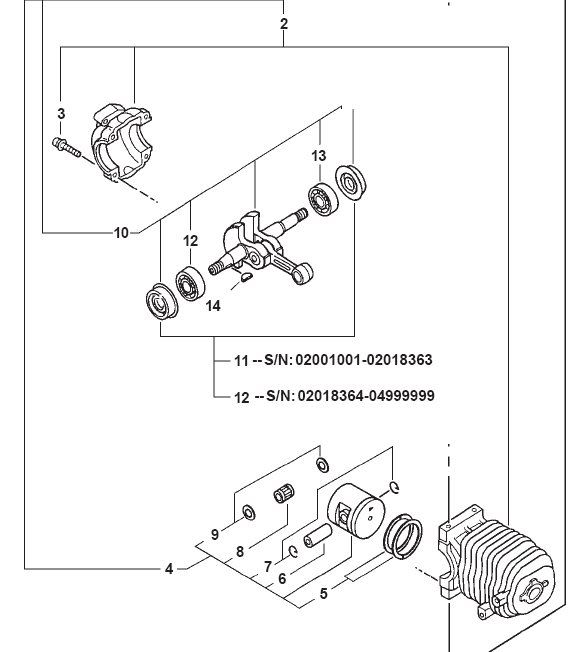volks-man
Arboristsite.com Spooner
after my first, successful, porting job on my piston ported echo cs-440, i am thinking of opening up the little cs-346.
problem is that it is a reed valve motor. what differences am i likely to encounter inside this little saw?
do all the usual porting rules (ala blsnelling + others) apply?
pointers, tips, warnings?
thanks!

problem is that it is a reed valve motor. what differences am i likely to encounter inside this little saw?
do all the usual porting rules (ala blsnelling + others) apply?
pointers, tips, warnings?
thanks!





